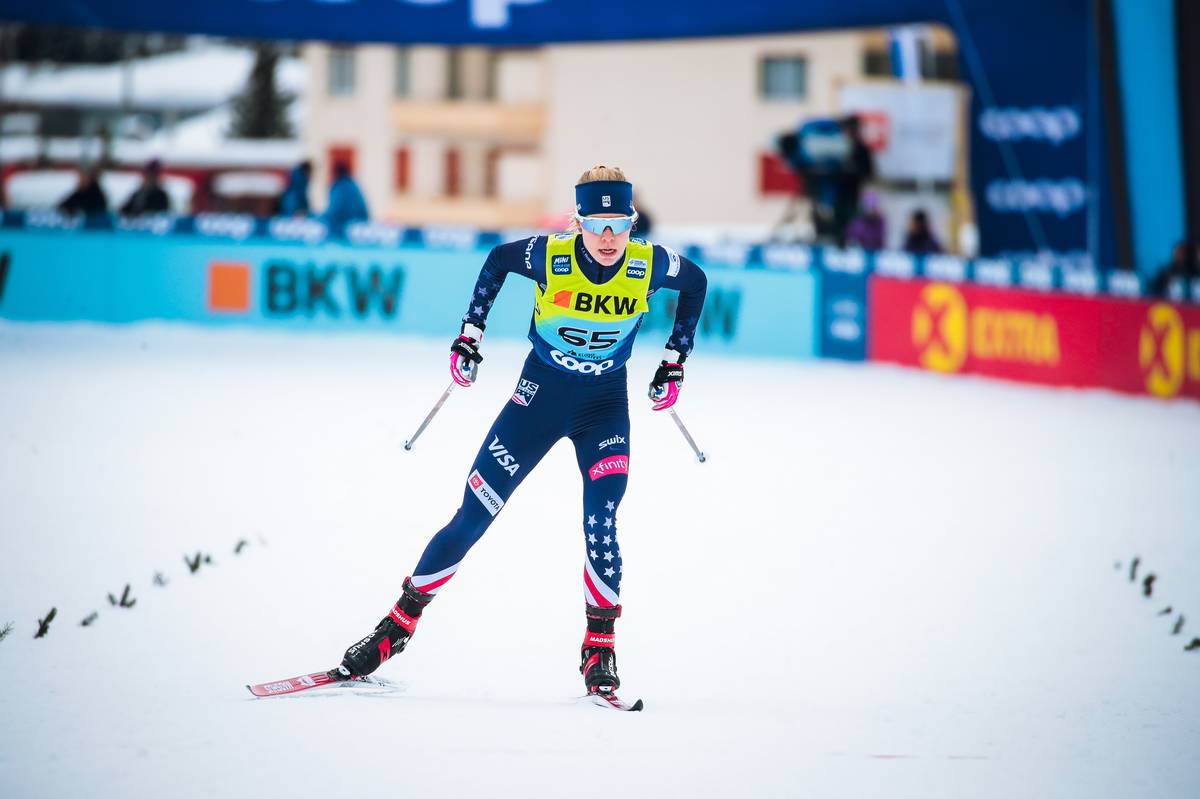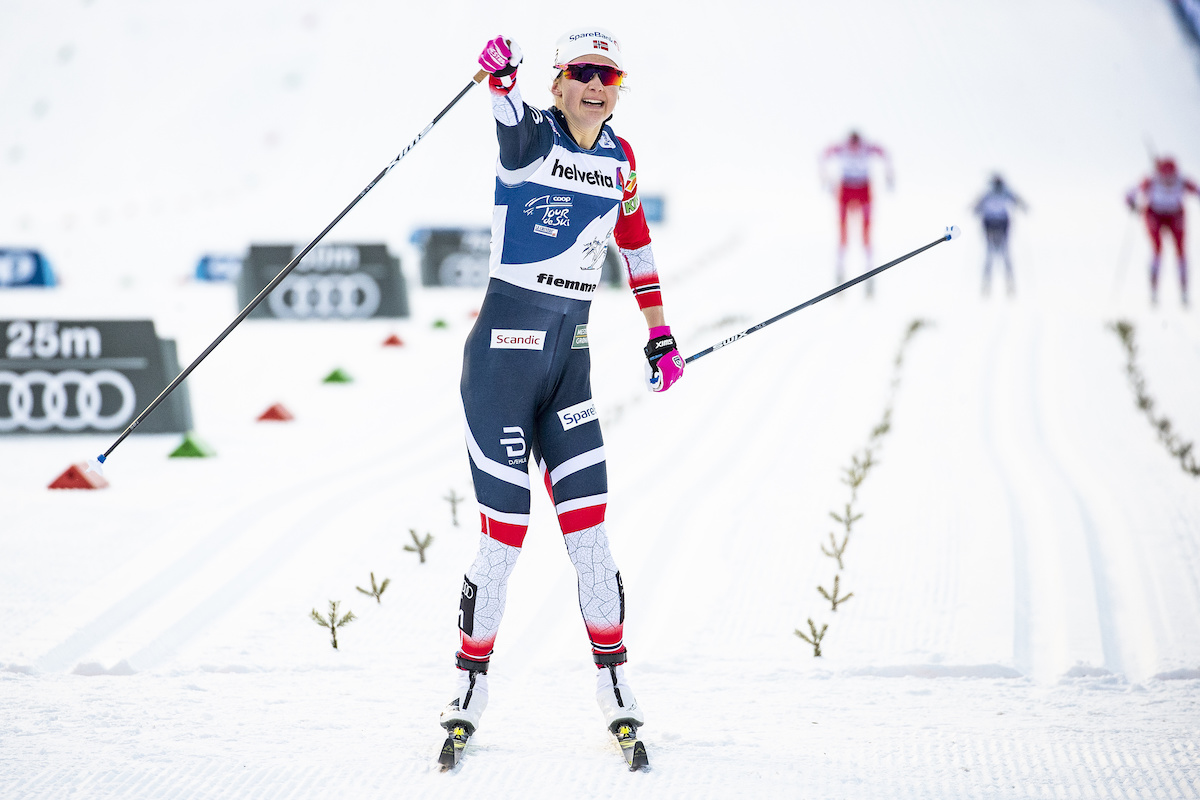A little background info –
A typical student in Norway will attend a specialized school during the last two high school years, and his or her grades from this school have a majority affect on their prospects for entrance into a college program. These schools are called “videregåendeskoler,” which translates to “Forward-going schools.” Students can choose between focuses like art, music, business, and sports.
“Gymnas” is the term used for regular high school, which is required by the state. A “høgskole” can be considered the same as a community college, and is attended after high school and before or in place of college. “Idrett” means sport, so “idretthøgskole” means sports college. Most students finish gymnas at 17, and attend a videregåendeskole until they are 19, when they can choose between høgskole and university.
With respect to preparing elite juniors for international competition, these videregående schools also give athletes a chance to specialize in their sport while still finishing their general studies.
This is all coming from memory, so please correct me if I’m wrong about these details in the comment box below.
Also, there were a few inconsistencies in the original text and as a result there are a couple of bumps in the translation. My apologies.

(Original Source: langrenn.com 11-06-2009. Send translation hate mail to Patrick Stinson)
Scary numbers in the new study
606 students from 16 top sports high schools – including the national team course focus (landslinje) for skiing – have received surveys from doctor Marianne Martinsen with Norway’s Sports Community College (Norges idrettshøgskole). She wants to find out how many young athletes who have just started at a videregåendeskole, have symptoms associated with eating disorders.
Martinsen found that 24 percent of first-year athletes have such symptoms.
“This doesn’t have to mean that the athletes have an eating disorder, but that they can be in the danger zone,” she underlines for Aftenposten.
Martinsen found an interesting difference between established elite athletes and their younger counterparts who are being introduced to a sports career.
Among the established athletes, there is a significant frequency of eating disorders in weight-dependent sports like boxing, judo, karate, weight lifting, as well as sports like cross country skiing, running, orienteering, and rhythmic gymnastics where it is important to be slim. Sports with weight classes, or where it is actually important to be heavy, are not noted among the established sports.
The results from the young elite athletes suggests, however, no such difference between the two categories. That comes as a surprise.
“What can be responsible for that?”
“I don’t know, but the athletes are relatively young and in the beginning of their sports careers. It can be that they haven’t been exposed to the seriousness of the sport, that they haven’t been ‘affected’ by the social environment and pressured, or that the athletes are in danger of changing themselves so that the requirements that have to do with weight have become more similar,” says Martinsen.
“The symptoms that have been registered were among other things, slimming down, use of various harmful methods of reducing weight like vomiting, laxatives, diet pills and diuretic agents, irregular menstruation, being under weight, and more psychological factors like bodily dissatisfaction.”
“The young athletes try to lose weight dispite the fact that they are well trained and slim. Both male and female athletes use vomiting, diuretic and laxatives in order to slim down or change their bodily shape.”
“The boys wish to improve their athletic results. the girls said essentially that they do it in order to improve their bodily appearance.”




One comment
Patrick Stinson
November 7, 2009 at 3:24 pm
Ironically, we’ve got an advertisement for “1 tip of a flat belly” sort of all over this site.
I will admit that being involved in mountain running includes plenty of talk about weight. I can say that I know how much each of my friends weighs in the off season, and almost exactly what their race weight is. The faster (and usually older) guys also change their diet significantly in the spring time in order to lose over ten pounds for a sport that essentially includes one long hill. Personally, I usually try to switch from beer to wine following suit with most non-athletic women I know 🙂
Now I wouldn’t consider any of them to have an eating disorder, but where is the line drawn? I’ve seen plenty of juniors on or over that line trying to deal with peer pressure and the desire to succeed, especially in running.
Along with a wonderful competitive endurance sports culture that includes specialized schools, the scandinavian juniors have the opportunity to indulge in the glory but also added pressure.
I’m curious what others think about how this fits into our North American culture? We are not Scandinavia, so probably reflect these problems in our own way?